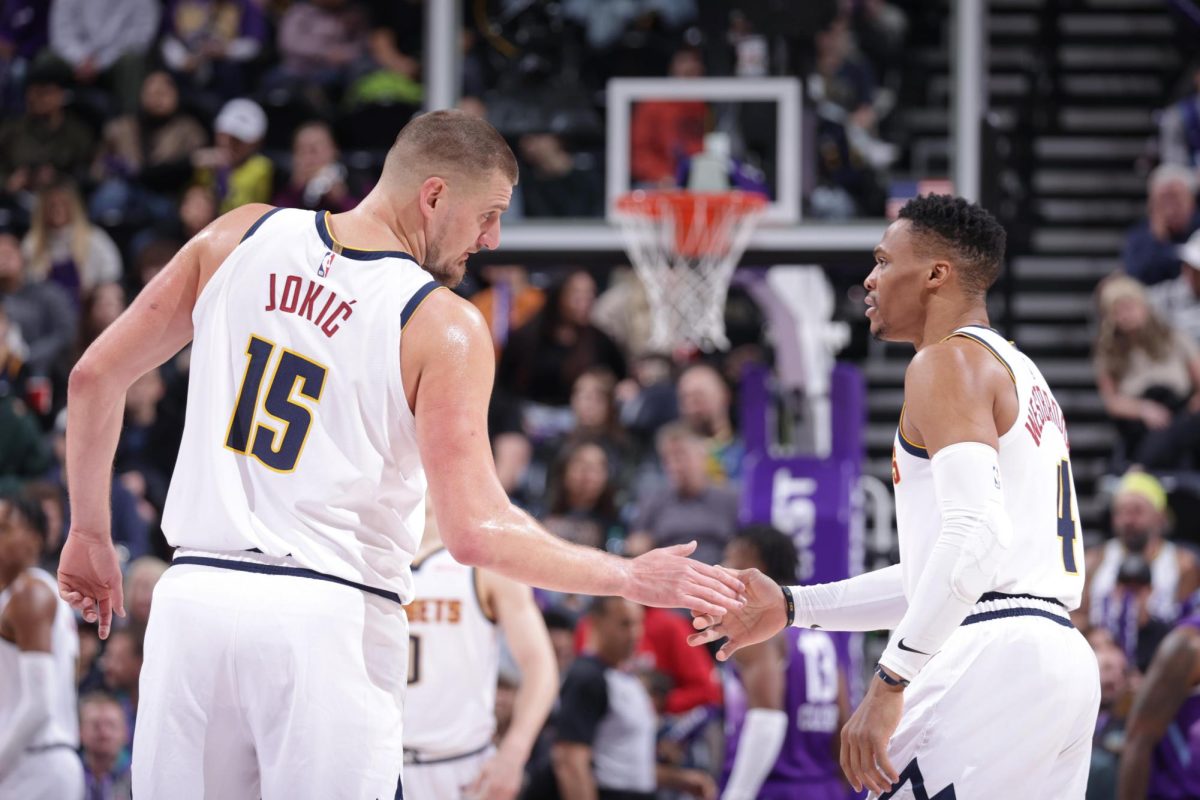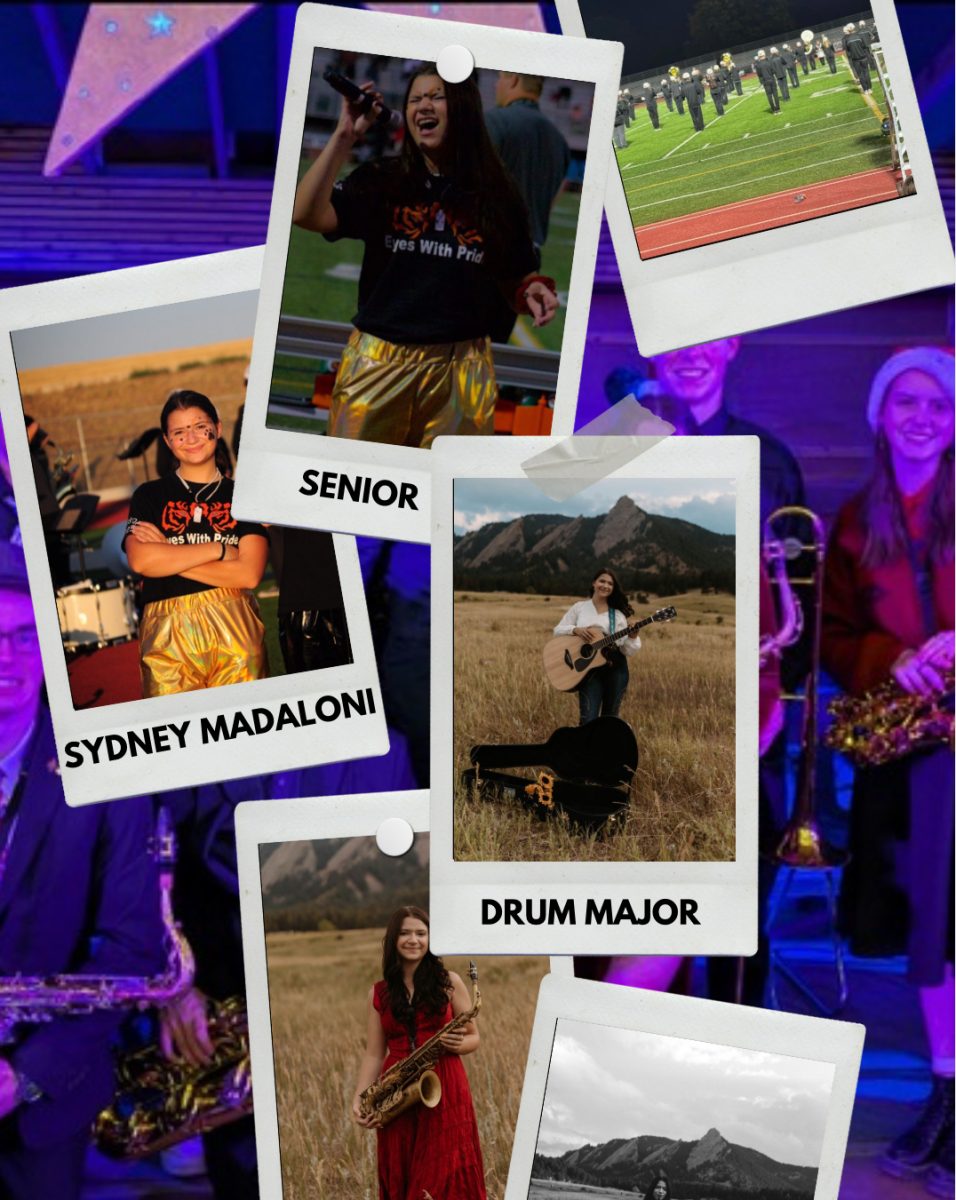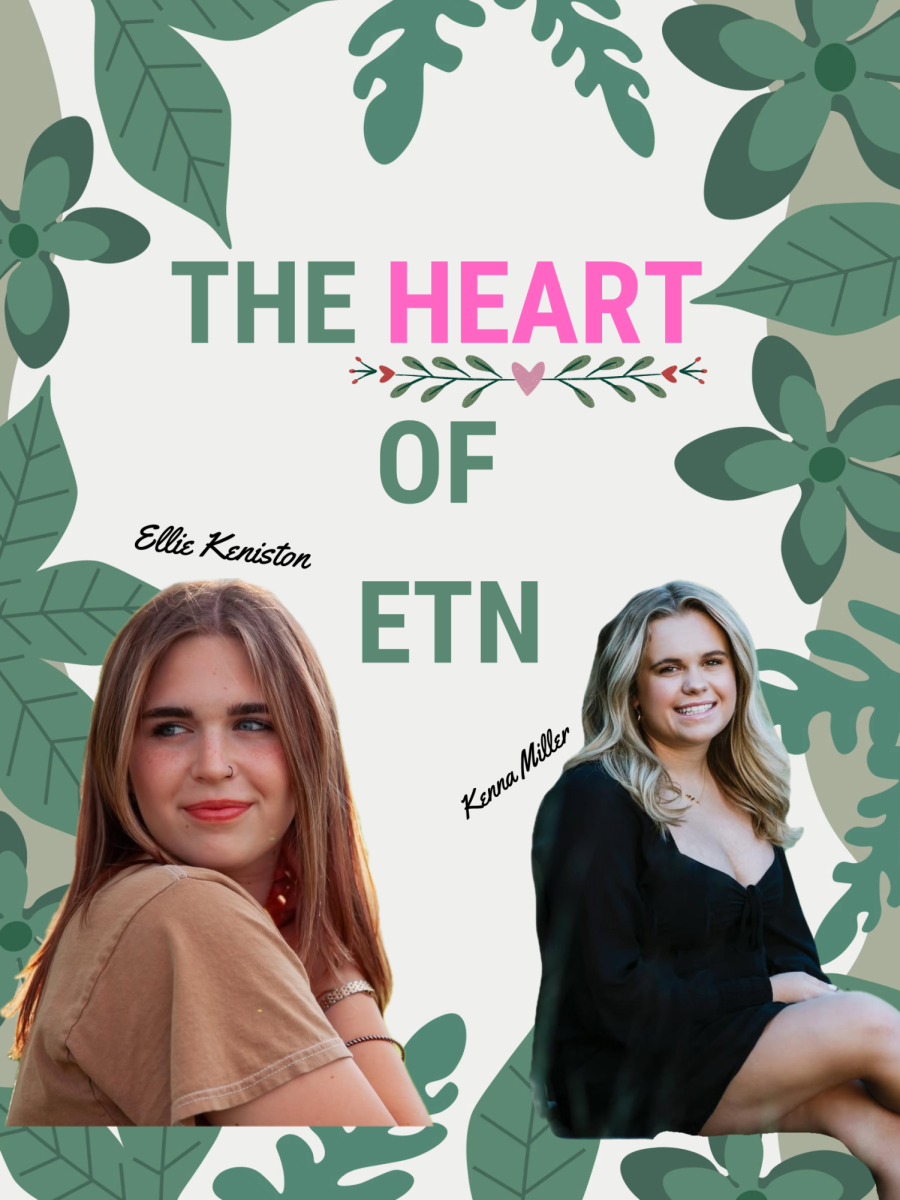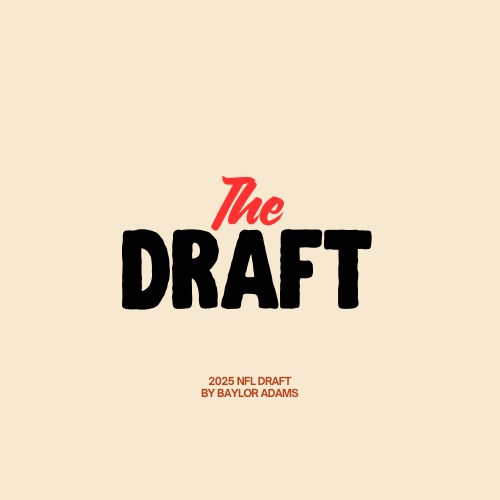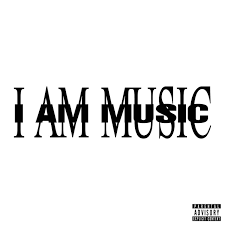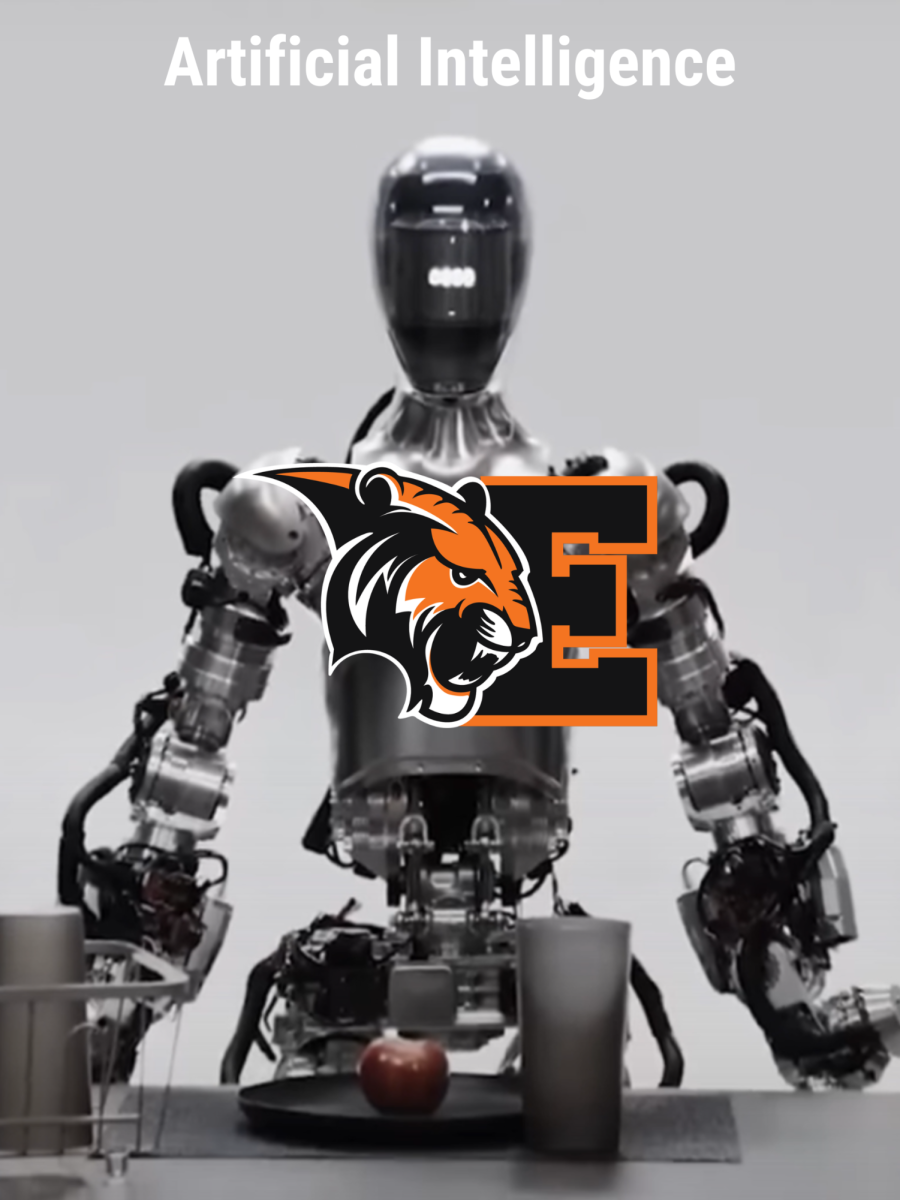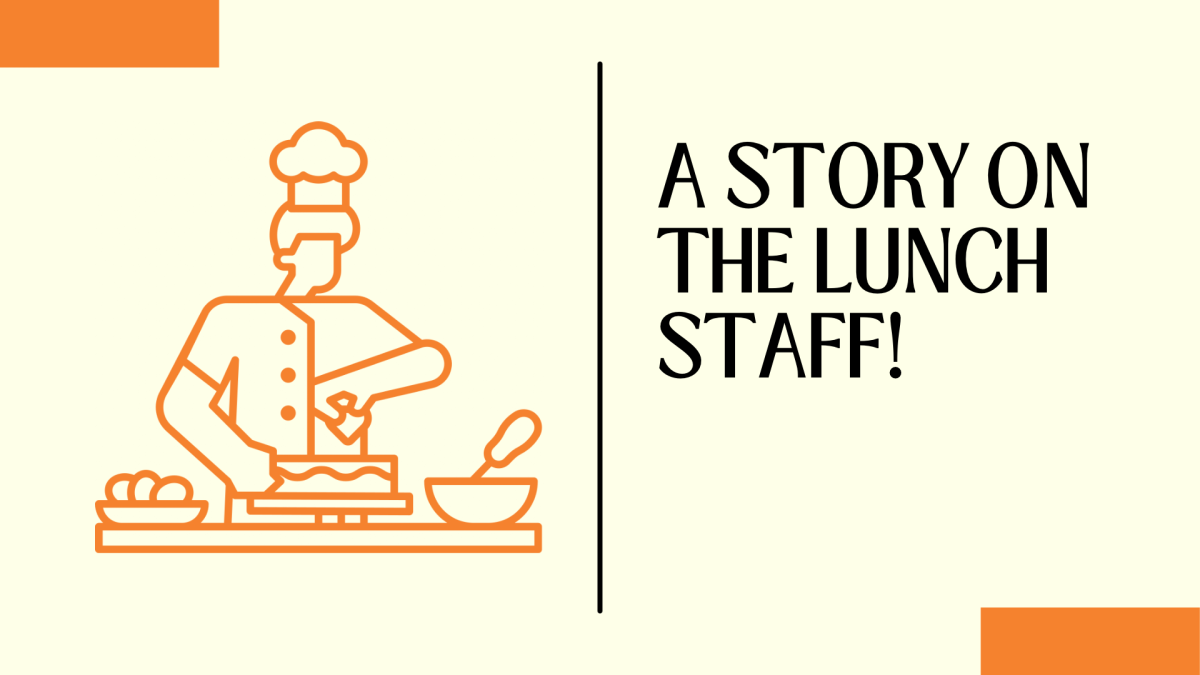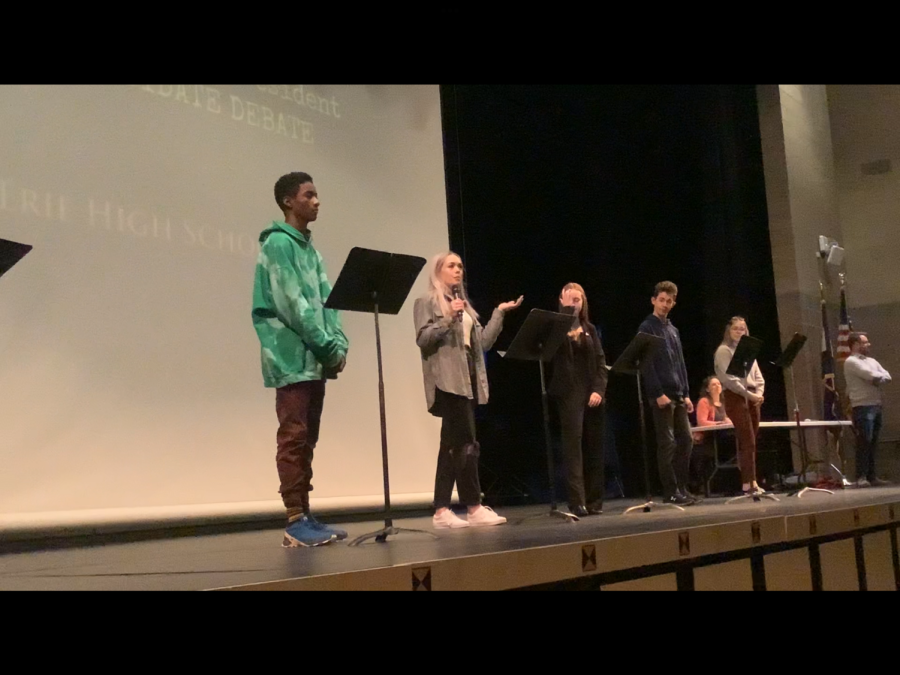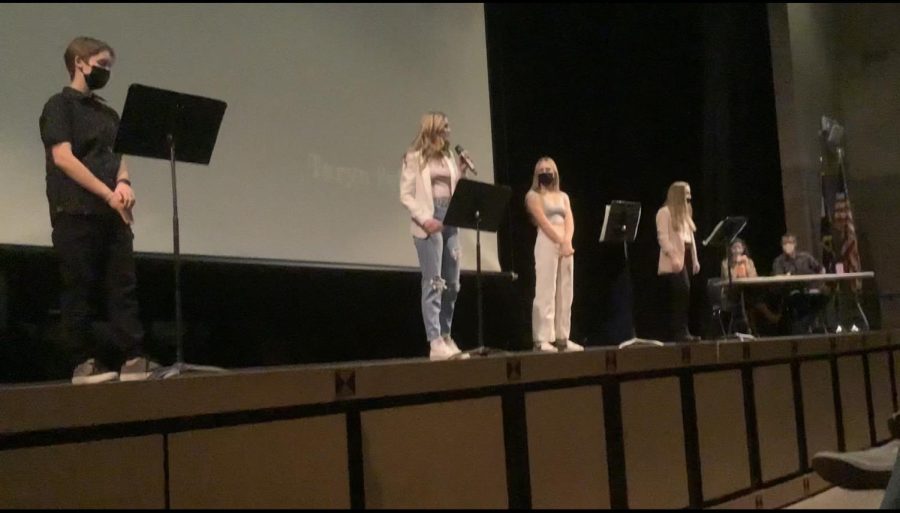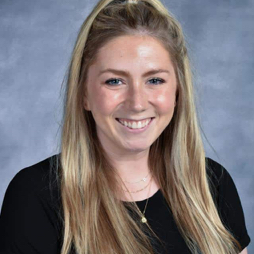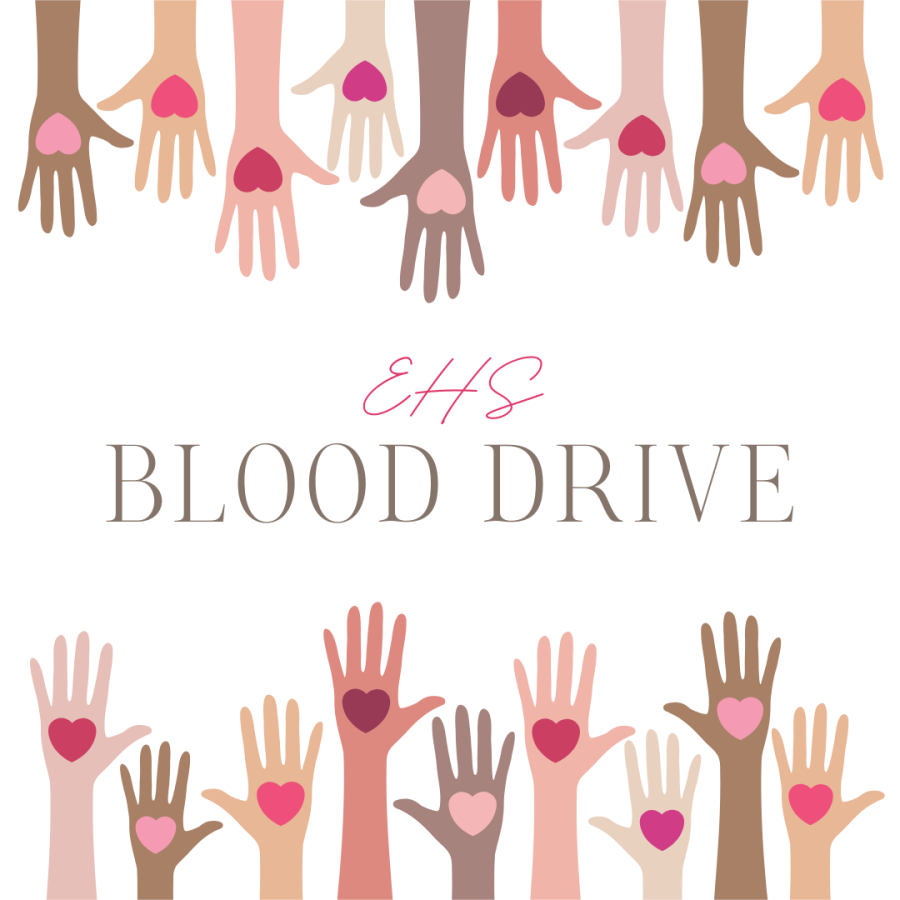NHS Blood Drive: Teaching Students How to Give Back to Their Community
April 20, 2023
To begin to close out the school year Erie High School’s National Honors Society hosted a blood drive to help those in need and to show high schoolers how they can help their community. Juniors Lauren Adams and Kendal Wahoviak ran the event.
Wahoviak explains how, “blood drives are really great for the community and just supplying blood to the people who need them. So I think it’s a really great way to rally the community around a certain cause.” The blood drive is an excellent opportunity to teach high schoolers simple ways that they can give back to their community. Judy Trinkner is the National Honors Society sponsor that helped coordinate the event with Adams and Wahoviak.
She says, “I think it’s great, uh, for the community to get in the habit of donating blood. They say that the younger people start donating blood regularly, the more likely they will continue to donate blood.”
Trinkner continues to describe how “the blood draw itself takes about ten minutes and then they want you to rest there for a little while,” she goes on, explaining how, “they take about 500 milliliters or just under a pint of blood. So it’s not, not insignificant, but it shouldn’t affect the rest of your day.” This exemplifies how easy it is for students to partake in the blood drive.
Similar to what Trinkner says, Wahoviak adds that students should participate in the blood drive because, “donating blood is a really good cause and it’s something that’s really easy for them to do.”
Trinkner details how her son starting to donate blood early resulted in him being able to help a leukemia patient, “and it wasn’t just a plasma or the red blood blood cells, they need bone marrow. Which I’m not sure how it happens, but he went to the hospital, spent a day there, where they took blood out of his body, took out the bone marrow parts and put a blood back in.”
The process of donating the bone marrow took about two days to complete, and about a year after he donated the recipient was given his contact information so she could reach out.
Trinkner describes that the leukemia patient then, “sent him a letter thanking him for that blood donation. And then her little boy sent a photograph of them holding a little sign saying, ‘thanks for saving our mom’s life.’ And that was so powerful, and so he continues to give blood regularly. A woman is alive today because he said, ‘I can go up to the hospital for a day and take out what you need.’”
With giving blood being such an important way to help the community, and the amazing turnout at this year’s blood drive, NHS plans to host two blood drives next year.
Trinkner illustrated in regards to having blood drives more frequently at EHS, “I think that would do a really even better job of getting people accustomed to giving blood.”
Although this year’s blood drive has already happened, students can keep in mind these reminders for next year’s blood drive and use this information to inspire them to take part in other local blood drives and give blood whenever they can.







